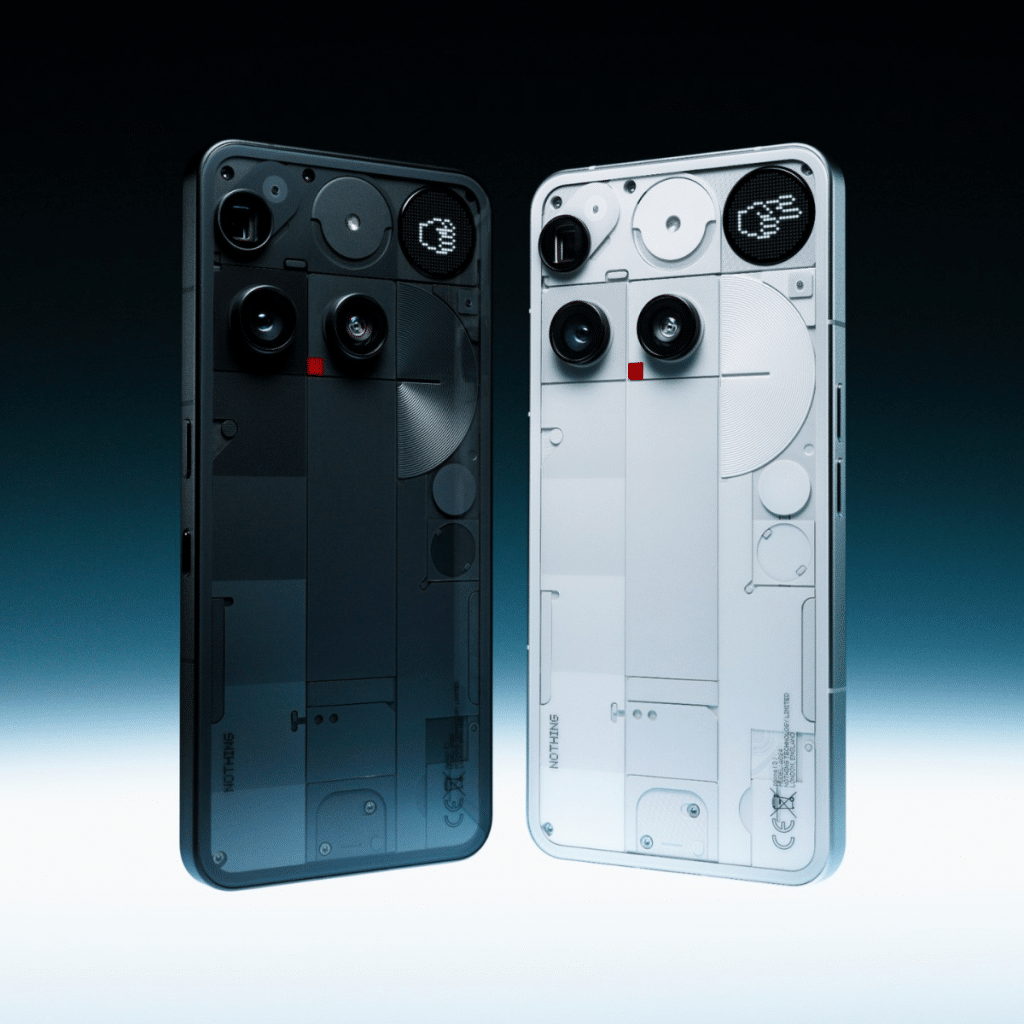Nothing is facing some uncomfortable scrutiny after demo units of the newly launched Phone 3 were found to be showcasing stock photography as if it had been captured by the device’s cameras. For a company that has built much of its reputation on transparency and “authenticity,” the discovery sparked immediate backlash online, fueling comparisons to past cases where smartphone brands have been accused of exaggerating camera performance.
Co-founder Akis Evangelidis has now provided a detailed explanation. According to Evangelidis, demo units often ship with placeholder content months before launch so they can be tested and integrated into retail displays. Normally, that content is replaced with real photo samples from the device once mass production begins. In the case of the Phone 3, however, the switch didn’t happen in time. The result: stock images appearing on demo units in stores and events, creating the impression that the phone’s cameras had produced them.
Evangelidis stressed that the oversight was not intentional and that Nothing is “actively rectifying” the mistake by updating demo units. The company is also reviewing its internal processes to prevent similar incidents. He added that Nothing previously used older Nothing phone shots as placeholders—a practice that might have avoided the controversy—but for reasons not fully explained, the company had shifted to using licensed stock images this time around.
While the clarification helps explain how the slip occurred, the optics remain messy. Smartphone marketing has a history of embellishing camera performance, from brands quietly substituting DSLR images in advertisements to overly staged “sample shots.” Even if Nothing’s case was accidental, it plays into existing skepticism that manufacturers sometimes blur the line between marketing polish and product reality.
The irony is that the Phone 3 doesn’t appear to need the help. Early impressions suggest its camera system is more than capable of holding its own against competitors. By letting something as avoidable as placeholder stock content slip into public demos, Nothing has created unnecessary doubt around a feature that should have been a strength.
For a company that leans heavily on its image as a fresh, no-nonsense alternative to bigger players, the episode serves as a reminder that credibility is as important as design or specs. Transparency has always been Nothing’s pitch to consumers—now the challenge is proving it still means what it says.






